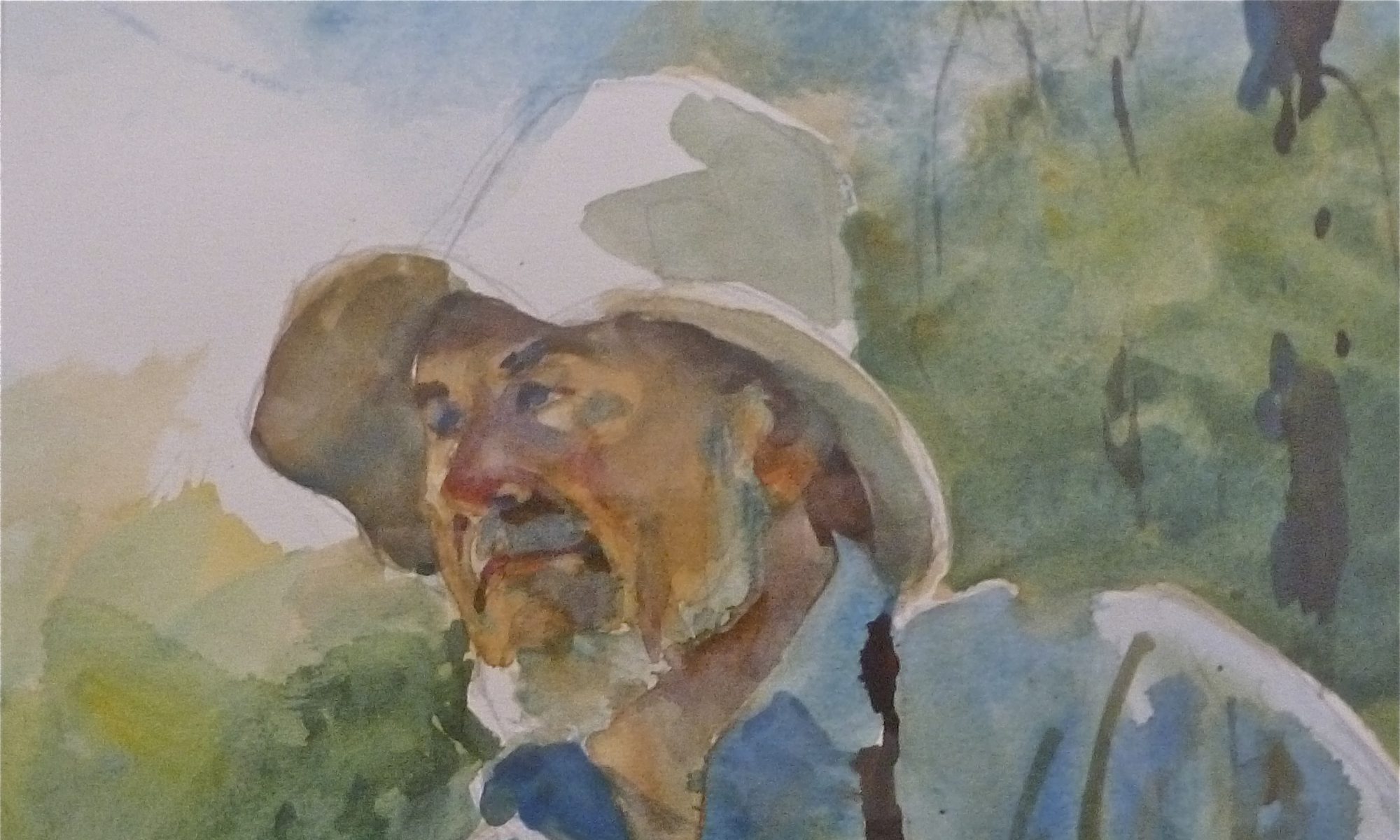
For nearly 14 years, 1919 to 1933, our country was dry! It really wasn’t, but selling alcohol was illegal. It didn’t take long for the “swamp Yankees” to turn to “rum running.”
Illegal contraband liquor was a profitable enterprise for the water people. Boat motors were quickly converted over to more powerful and faster ones, and the insides of vessels were gutted for more space. A schoolmate, Alfred A., told me that his stepfather’s lobster boat was a “rum runner.” It had a big motor in it, and was quite narrow & very fast.
Safe unloading areas were located. Bays, harbors, rivers, creeks, and other landing spots were found. Humarock was one of these safe places — or at least more safe than other harbors. Federal funding was weak and the revenuers had to spread themselves thin.
Looking N.E. from Ferry Hill with Fourth Cliff in the background.
 |
|
This boat house on Little’s Creek, was the perfect ”Drop” location. |
The North River mouth was the water highway out to the mother ships that were waiting three miles out to unload their contraband into smaller boats and dories. A very reliable source told me that most of the dories came from Hatch’s Boat Yard and gunning stand. Others came from the North River. Most of the dories were powered by two rowers.
On a good night, a row out to the “Mother Ship” and back, took most of the darkened hours, depending on the weather. On occasion, unfavorable weather would delay the boat-men’s return. Daylight would give them away, so they would row up into a remote creek, cover their dory with marsh grass, and hunker down for the day with nothing to eat or drink ! Up to 20 cases could be safely stacked in the dories, however greed and poor judgment sent many boats floundering and losing their contraband. Some of this contraband would find its way to shore, where scavengers would find liquid gold!
A mishap?
Lookouts were needed to warn the boatmen of any danger that may come about. Lookout posts were stationed from the Sea Street Bridge to Fourth Cliff.
The lookout on the bridge was a well known local that had a non-drinking reputation, and liked to fish. His gear was a tin bucket, bait, a sharp knife, a hand line, a flashlight and cigarettes. Time on was 9 or 10 pm; off was daylight, rain or not. If the boats were out, you were on. Over would go the line, baited or not. Sometimes this lookout was joined by a friend — his line would go over with a bottle of hooch tied on the end. This was to be retrieved periodically.
The hooch was unloaded at various locations. The cases were picked up by Chevy 6-cylinder panel trucks. Chevys were quieter than the Ford Model A’s. Canvas snap-on signs were attached to each side with a local milk company logo.
I was told, by the same reliable source, that only once, during this guard’s time on the bridge, did he have to call off a landing.
One night, just before midnight, a big black Packard with four men inside, strangers, stopped on the bridge and asked where so-and-so’s cottage was. The fisherman gave them directions, and off they went. The fisherman/guard flashed a signal to the lookout on the point down river, and the signal was passed on to the cliff.
Packard Autos were one of the finest cars.

That night’s truck was turned around and disappeared . No one else ever reported seeing the car or the men. No one saw them leave; no one reported using so-and-so’s cottage. However, this was a subject not discussed, and questions were unthinkable.
My late friend Phil, a Seaview native, told me the following. It seems that Charlie, Phil’s father, took a walk to Pine Island. While coming back, just off the walkway, he saw a newly tracked path in the marsh grass. Off he went to investigate. He found something that was covered over with marsh grass. A case of 11 bottles of hooch!
”Hooch”

Given to Webster Clark during the prohibition.
Photo compliments of Fred Freitas
Even though Charlie was a teetotaler, he was not going to leave this find. He covered it back up and waited until dark. Charlie made his way back through the cedar grove to the edge of the marsh, found the case of hooch, then made it home without being seen, he hoped! He stashed the case in the cellar, where his wife would not find it, as she was death against alcohol.
Within a few days, word reached Charlie, that Wally, a heavy drinker, was on a killing rage. It seems that someone stole his property from the Island. He was telling everyone in Seaview that if he found out who stole his property, he was going to kill them!
You see, the property was never Wally’s. He probably found it stashed in one of the creeks by a boatman. Charlie never uttered a word. Some of Charlie’s friends enjoyed a holiday gift!
This Chevrolet panel truck is much like the ones used to deliver illegal liquor ”Hooch” to the speakeasies.

”Prohibition makes you want to cry into your beer and denies you the beer to cry into.” Don Marquis |
Ray Freden, Seaview resident, 60 years.



